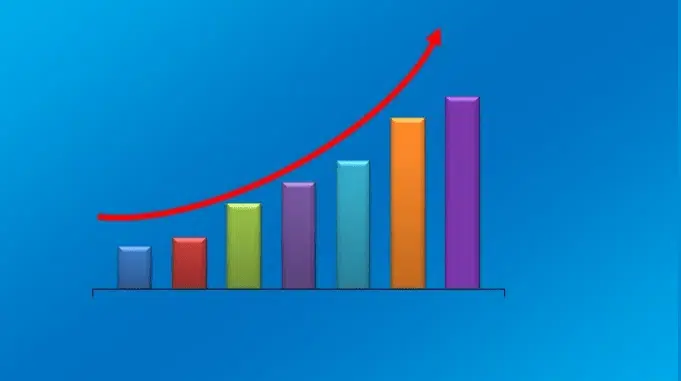
Definition of Statistics:
Quantitative or numerical information (data) could also be found almost everywhere in business, industries, economics and lots of other areas. Data in quantitative form is probably commonly referred to as statistical data. But not all numerical data is statistical and hence it’s necessary to look at a couple of definitions of Statistics to know the characteristics of statistical data.
- According to Webster,
“Statistics are the classified facts representing the conditions of the people in a State especially those facts which can be stated in numbers or in tables of numbers or in any tabular or classified arrangement.”
In other words, statistics are the classified facts that represent the people’s conditions in a state, specifically, facts that can be stated in numbers, tables of numbers, or any other tabular or classified arrangement.
- According to Horace Sacrist,
“By statistics we mean aggregates of facts affected to a marked extent by multiplicity of causes, numerically expressed, enumerated or estimated according to reasonable standard of accuracy, collected in a systematic manner for a predetermined purpose, and placed in relation to each other.”
In other words, statistics are the collection of information affected to a significant extent by a variety of causes, expressed numerically, calculated or estimated according to a reasonable standard of accuracy, collected in a systematic manner for a pre-decided purpose, and settled in relation to each other.
- According to Prof. A. L. Bowley,
Prof. A. L. Bowley has given three definitions of statistics:1. “Statistics may be called the science of counting.”
This definition is too narrow because it covers only one aspect of the science, namely, the collection of data.
2. “Statistics may rightly be called the science of averages.”
This definition is also not saisfactory because averages are only one of the devices used in statistical analysis. The other devices, like skewness, variation, correlation, etc. are not at all covered by this definition.
3. “Statistics is the science of the measurement of social organism, regarded as a whole in all its manifestations.”
This definition is also not saisfactory. Bowley himself recognized this when he remarked, “Statistics cannot be confined to any one science.”
- According to Croxton & Cowden,
“Statistics may be defined as the collection, presentation, analysis, and interpretation of numerical data.”
Hence, Statistics is a branch of mathematics that deals with the collection, analysis, interpretation, and presentation of numerical data. Or, in general, a collection of quantitative data is referred to as statistics. In our daily lives, we see and use data.
In statistics, we learn how to organise and summarise data, and how to use formal methods to draw conclusions from “good” data after studying probability and probability distributions.
(Source – Various books of college library)
Tags: definition of statistics by different authors, what is statistics, define statistics or statistic
Copyrighted Material © 2019 - 2024 Prinsli.com - All rights reserved
All content on this website is copyrighted. It is prohibited to copy, publish or distribute the content and images of this website through any website, book, newspaper, software, videos, YouTube Channel or any other medium without written permission. You are not authorized to alter, obscure or remove any proprietary information, copyright or logo from this Website in any way. If any of these rules are violated, it will be strongly protested and legal action will be taken.



Be the first to comment